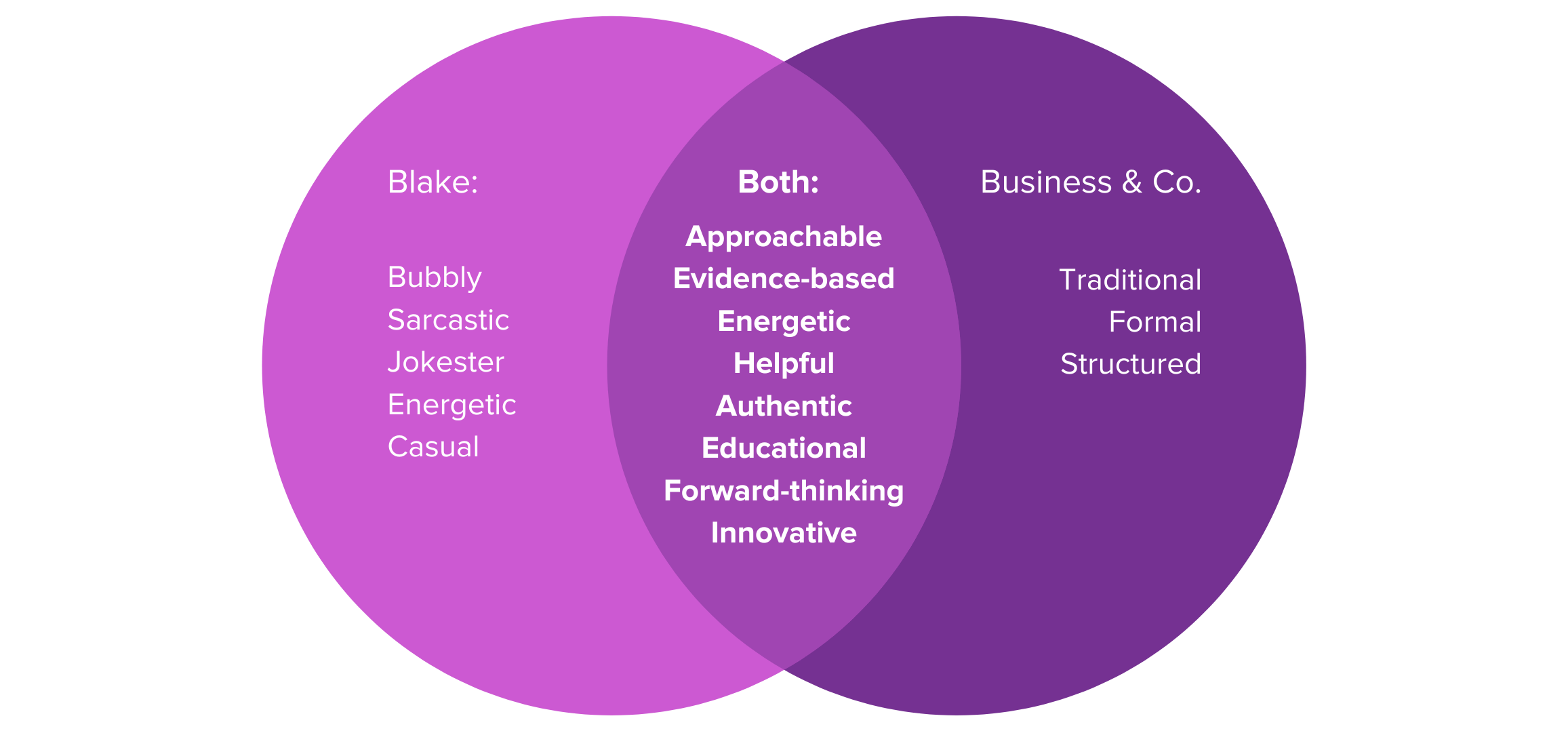Take a peek at your bookshelf. Flip through your Kindle library. Or just think back to the last five great reads you couldn’t put down. What made them so appealing to you? Chances are that part of what drew you in was the voice of the writer. And if part of your thought leadership strategy is to publish (as it should be), you’ll want to better define your own style and voice in writing.

Before you start sweating at memories of the toughest English teacher you ever encountered, rest assured that this doesn’t mean you have to be a technically perfect writer. Many writers break grammatical rules as a matter of general principle. However, they do this consistently and within their own set of parameters based on their preferred voice. The poet E.E. Cummings not only broke with standard syntax, but also invented words, too. Nevertheless, he stayed within his own specific voice. That’s why it’s easy to tell a Cummings poem from one by John Keats or Maya Angelou.
With that disclaimer out of the way, let’s talk more about the benefits of developing voice in writing from a business standpoint. We live in a highly digital society where consumers expect to receive a constant flow of content. In fact, they look forward to seeing new content, especially content that makes them feel connected with the author. By identifying and adopting a specific voice, you’ll have a better chance of engaging readers of your blog posts, guest-contributed content, and — if you have tons to say as an expert — books.
This isn’t to suggest that defining your voice will ensure you’re beloved by all readers. Just as you might not like Ernest Hemingway’s short, staccato sentence structure, some people won’t be moved by your style. No problem; others will. The more content you push out, the more your audience will begin to gain a deeper understanding of your personality. You’ll be more than a writer to them. You’ll be a human being with a distinctive character that shines through every written communication you create. As a result, you’ll raise interest in both you and, by proxy, your company’s brand.
Finding Your Voice in a Few Steps
At Intero Digital Content & PR Division, we work with professionals eager to know the secrets of how to become a thought leader. Many are surprised to learn that part of a robust thought leadership strategy is nailing down their writing voice for the reasons noted above. They’re also relieved when they learn that the steps to develop an authentic writing persona are much easier than writing an essay for a demanding, grammar-focused literature teacher. So let's dive in.
1. Write — a lot.
What’s the old saying? “Writers write.” Think of a subject, set your phone’s timer for 10 minutes, and embark on some stream-of-consciousness scribbling. Forget correctness and rules. Just scrawl or type.
At the 10-minute mark, stop. (Unless, of course, you’re onto something amazing. In that case, by all means continue.) Take a break. In about 15 minutes, come back and read your musings. How would you describe the personality that’s coming through? What adjectives would describe your writing? Tight? Flowery? Buttoned-up? Humorous? The more often you engage in this kind of experimentation, the easier it’ll be to define the essence of your voice.
2. Decide between formality versus casualness and fast versus slow rhythm.
Moving forward, you’ll want your thought leadership writings to have a cohesive sound. A good way to make this happen is by figuring out whether your overall company is more formal or casual. Formal writers stick with grammar rules and rarely break from technical “must-dos.” Casual writers, on the other hand, throw caution to the wind and might inject humor, sarcasm, and a curse word or two into their writings. Be aware that your industry and audience might compel you to choose formality or casualness to better reach and engage your specific readership.
In tandem with your formal-casual decision, consider your preferred writing rhythm. Think short and snappy. Or long and flowing. The best writers know how to mix up their rhythms but tend to have one that feels more natural.
3. Keep readers in mind.
Because you’ll be writing as a thought leader, you’ll be talking to specific readers. How do you want them to feel? Inspired? Educated? Entertained? Is it important that they respect you as an authority or that they want to pick up the phone and invite you to their next happy hour? There’s no right or wrong answer. You just need to be authentic about what your readers will need from every piece of content you create.
As a side note, it’s a good idea to have a representative of your target audience read your writings before you share them with the world, at least as you're getting started. That way, you can make sure you're on the right track.
Uniting Your Voice With Your Organization’s
You’ve pinpointed your writer’s voice — go you! — but you’re not done yet. To truly connect with and engage your business's audience, you must align your voice with your organization’s. Otherwise, you’ll risk sounding out of touch when you write as a brand representative.
A simple exercise to help you strike the right balance between your authentic voice and your company’s brand voice is to use a table or Venn diagram to identify the overlap between your voice and what your organization requires. Any descriptors that you and your organization share make up your combined voice “sweet spot.” In other words, those are the characteristics you want to be sure to infuse into your writing whenever you publish something that has your business attached to it.
To give you an idea of what your Venn diagram could look like, check out this example for "Blake" who writes content on behalf of "Business & Co.":

As you can see, the Venn diagram directs you to the voice you’ll want to use as a thought leader who's creating content on behalf of your company. You’ll still sound genuine while also being true to your company's brand voice.
You don’t have to be a famous author to have a favored voice that readers recognize. You just have to know your voice and how to use it to accomplish your thought leadership strategy goals.










